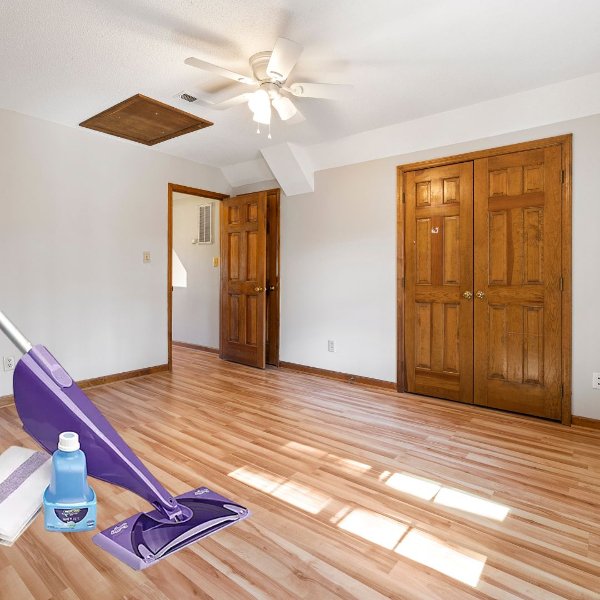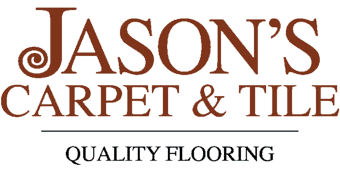Blog > The Do’s and Don’ts of Using a Wet Swiffer Mop: Which Floors Are Safe and Which Aren’t?
The Do’s and Don’ts of Using a Wet Swiffer Mop: Which Floors Are Safe and Which Aren’t?
Monday, January 20, 2025

If you love the convenience of a Wet Swiffer Mop, you're not alone! These handy cleaning tools make quick work of everyday messes, especially in busy households. However, not all flooring types are suited for a Swiffer Wet Mop. Using it on the wrong surface can cause damage, warping, or even void your flooring warranty.
So, before you grab your Swiffer, let’s dive into the types of floors that are safe to use it on and those you should avoid.
Floors That Can Safely Be Cleaned with a Wet Swiffer Mop
Tile Flooring (Ceramic, Porcelain, and Stone)
Tile floors are highly water-resistant, making them perfect for a Swiffer Wet Mop. Whether you have ceramic or porcelain tiles, this mop helps remove dirt and grime efficiently. Just be cautious with stone tiles—avoid excessive moisture on unsealed surfaces to prevent damage.
Vinyl Flooring (Luxury Vinyl Plank & Vinyl Sheet)
Luxury Vinyl Plank (LVP) and vinyl sheet flooring are both water-resistant and safe for a Wet Swiffer Mop. These floors are designed to withstand moisture, so you don’t have to worry about warping or deterioration.
Sealed Laminate Flooring
While laminate flooring is often sensitive to excess moisture, sealed laminate can handle the dampness of a Swiffer Wet Mop when used sparingly. Always avoid over-saturating the mop pads to prevent moisture from seeping into the seams.
Sealed Hardwood Flooring (Use with Caution)
Swiffer Wet Mops can be used on sealed hardwood floors, but with caution. Too much moisture can lead to warping over time. If you have sealed hardwood, use a slightly damp Swiffer pad and avoid excessive pressure.
Floors That Should NOT Be Cleaned with a Wet Swiffer Mop
Unsealed Hardwood Flooring
Unsealed or waxed hardwood floors are highly absorbent, making them vulnerable to water damage. Moisture can seep into the wood, causing swelling, warping, and discoloration. Stick to dry mopping or a specialized wood cleaner.
Unsealed Laminate Flooring
Laminate floors have a fiberboard core that is highly susceptible to water damage. If moisture seeps into the seams, it can cause swelling and separation. Instead, opt for a dry Swiffer or a microfiber mop with a lightly dampened pad.
Bamboo Flooring
Bamboo is highly porous, and excessive moisture can lead to swelling, warping, or mold growth. Even sealed bamboo flooring is sensitive to water, so it’s best to use a dry microfiber mop instead.
Carpet or Rugged Flooring
This one is a no-brainer—Swiffer Wet Mops are designed for hard surfaces and are not meant for carpets or area rugs. If you need to clean carpets, consider a steam cleaner or vacuum instead.
A Swiffer Mop can be a great cleaning tool if used wisely. Remember to always check with your flooring manufacturer before proceeding though, to prevent any risk to damage. You will also want to replace Swiffer pads frequently to ensure effective cleaning without spreading dirt.
For additional questions about using a Swiffer on your home’s flooring, contact Jason’s Carpet & Tile today at 954-231-4487.
